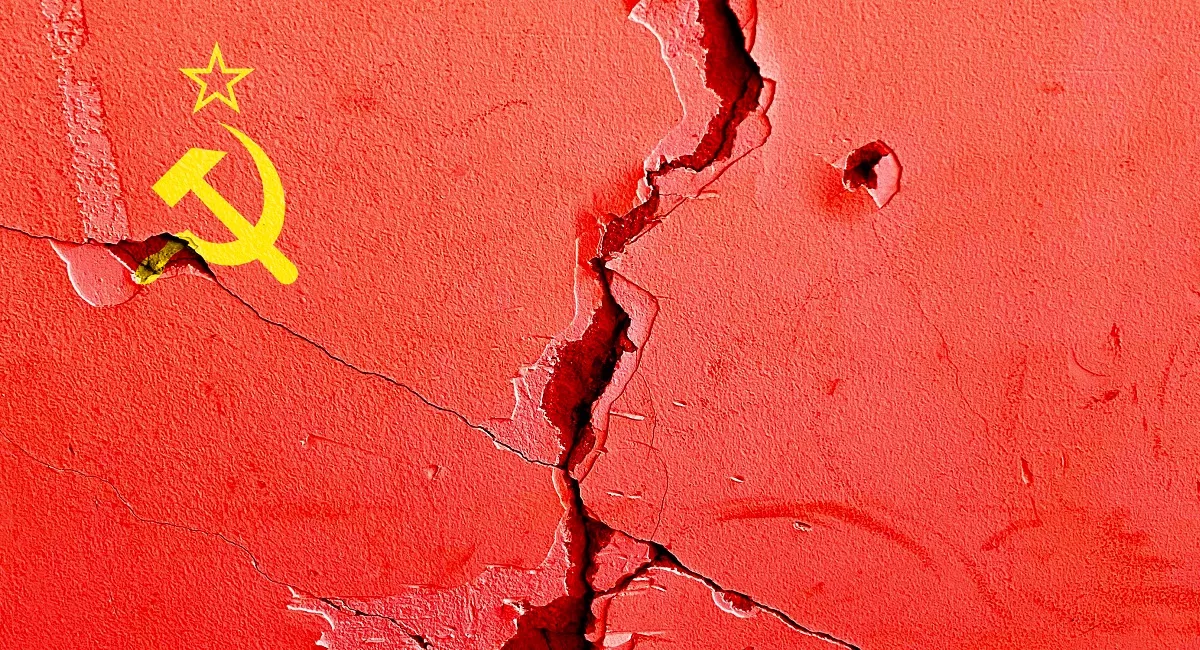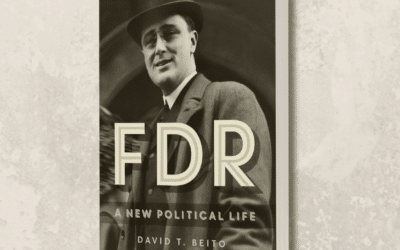With Russia launching a military invasion of Ukraine on February 24, 2022, the corporate press has grown shrill in its calls for punishing Russia with draconian sanctions, supplying Ukraine with increased military aid, and diplomatically isolating the Eurasian power as much as possible. The Two Minutes Hate against Russia has been cranked up to eleven, making any nuanced analysis of why the conflict between Russia and Ukraine has reached such a point almost impossible.
The failure of policy wonks to understand why Russia took decisive action against Ukraine is emblematic of a flawed grand strategy that has dominated DC foreign policy circles since the end of the Cold War. Once the dust from the Soviet Union’s collapse settled, international relations specialists were convinced that the US had entered an “end of history” moment where liberal democracy would become the governing standard worldwide. Former Soviet Union states would be the preliminary trial ground for this new liberal democratic project.
Through expanding the reach of the North Atlantic Treaty Organization (NATO) into former Soviet states and carrying out color revolutions in the region, Washington believed that it could reshape this part of the world in its image. From dealing with violent insurgencies in the Caucasus to confronting precipitous declines in life expectancy and other social ills, such as rising criminal activity, the Soviet Union’s successor, the Russian Federation, was in no shape to resist American influence, let alone project power in its own backyard during the 1990s.
It’s little wonder that NATO was able to easily intervene in the Balkans, a region featuring ethnic groups like Serbians, who have traditionally been Russian allies, at a time when Russia was in a wobbly state. Nevertheless, avid students of Russian history such as George Kennan, the author of America’s containment policy toward the Soviet Union and the Long Telegram, recognized that the Russian bear was down but not out. During the 1990s, the renowned diplomat warned about the dangers of NATO expansion following the Soviet Union’s dissolution. Despite Kennan’s admonitions, the DC political class was drunk on the notion that the US would remain unipolar and be able to impose its universalist vision across the globe at will.
While the U.S. began throwing its weight around overtly and covertly in the Balkans, Afghanistan, Iraq, Libya, and Syria, Russia gradually reconstituted itself, much to the surprise of American foreign policy wonks. The U.S.-sponsored Rose Revolution and Orange Revolution in Georgia and Ukraine, respectively, on top of attempts to bring these countries under NATO’s security umbrella, served as wake-up calls to the Russian national security establishment. The U.S.’s outwardly benign image then looked more and more like that of a hostile external actor trying to sneak its way into Russia’s historical sphere of influence. Conflict between the two powers would soon become inevitable.
Russia’s concerns are understandable when viewed from a geopolitical lens. The U.S. has its Monroe Doctrine to keep external actors out of the Western Hemisphere. Such policies are not the exclusive domain of the US, however. As other civilization states grow stronger and revert to their historical levels of prominence, they proceed to reassert themselves in their respective domains. These powers’ principal aim is to expel any undue influence from foreign powers that may try to encroach on their traditional sphere of influence.
However, the U.S. has applied the Monroe Doctrine at a global scale, treating the whole world as its sphere of influence. American policy makers have done so in complete disregard of the potential costs and blowback that could result from overzealous incursions into great powers’ backyards.
No one here is saying Russia is an angel. In fairness, the Polish and Baltic states have legitimate historical grievances with Russia due to the latter’s previous imperial dominion over the former. However, there’s little to suggest that Russia is seconds away from launching a blitzkrieg against Eastern Europe. If the Baltic states and Poland were so worried about Russian aggression, they would consider setting up their own security architecture independent of NATO and even consider building a minimum viable nuclear deterrent.
But tropes of Russia being a second Nazi Germany, with all the attendant tropes of appeasement, are simply lazy analogies with scant historical nuance. There are qualitative differences between those regimes. Moreover, for some in the DC blob, the Cold War has not ended. For example, Texas senator Ted Cruz called out Vladimir Putin for being “a communist” last May.
However, the characterization of Russia as the home of Soviet-style socialism is an outmoded and inaccurate description of contemporary Russia. Bryan MacDonald, a journalist whose primary focus is Russian affairs, pointed out that “Russia has a flat 13% income tax rate” and “tiny social welfare payments” to demonstrate that the Russian economy is not necessarily a full-blown command economy like its Soviet predecessor.
Reality check:
– The KGB disbanded 30 years ago & Putin was later director of its successor, the FSB, for 13 months.
– Under Putin, Russia has a flat 13% income tax rate, tiny social welfare payments & the most extreme financial inequality of any G8 economy. Communist? No. https://t.co/wMu9B6Zk7e— Bryan MacDonald (@27khv) May 22, 2021
In addition, international relations scholar Artyom Lukin observed that Russia under Putin’s tutelage is “a conservative autocracy resembling the czarist Russian Empire” in how it manages its internal affairs. Lukin cited one instance of a Communist Party activist being hauled before a court for engaging in so-called hate speech to demonstrate the Russian government’s unique strain of authoritarianism, which is not necessarily a spitting image of the Soviet Union. In a hysteria-filled environment of political discourse, these kinds of nuances fall by the wayside.
Unfortunately, there isn’t much in the way of thoughtful geopolitical analysis occurring these days. It’s going to take a new generation of leaders who are not encumbered by tired political assumptions to change the course of American foreign policy.
The first step is for foreign policy leaders to admit that the twentieth-century international relations landscape has crumbled away and that primary threats to the US are more internal than external in nature.
Sticking to Cold War–era assumptions is a recipe for a suboptimal foreign policy that could increase the probability of the US stumbling into a disastrous war of choice. If the initial responses to Russia’s invasion of Ukraine have told us anything, it’s that DC still hasn’t learned the error of its ways.
This article was originally featured at the Ludwig von Mises Institute and is republished with permission.
































